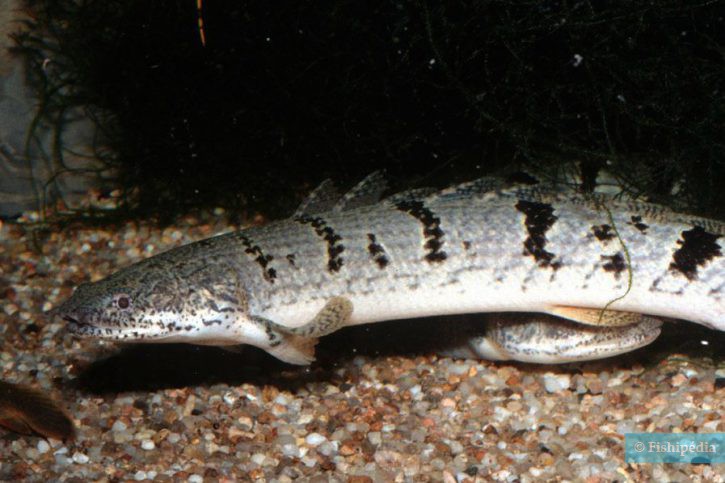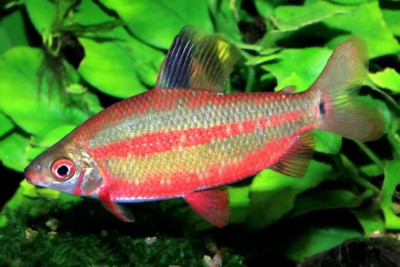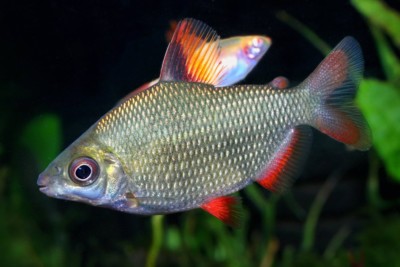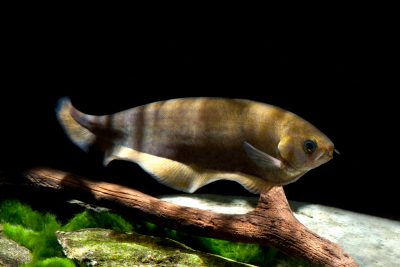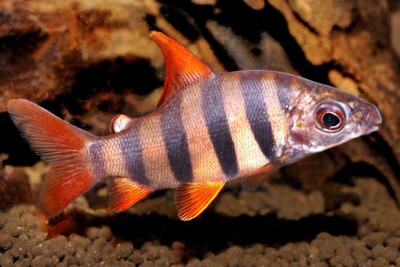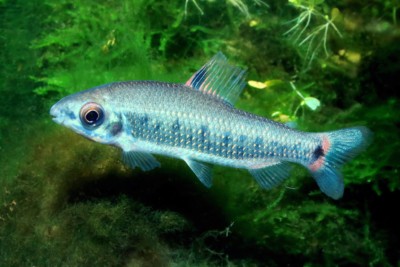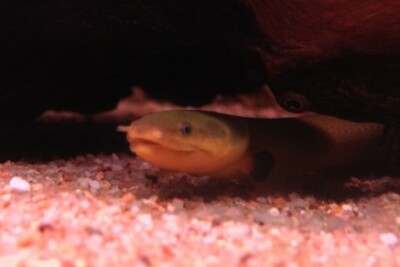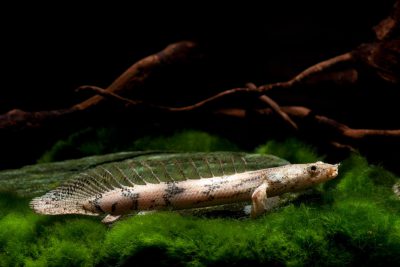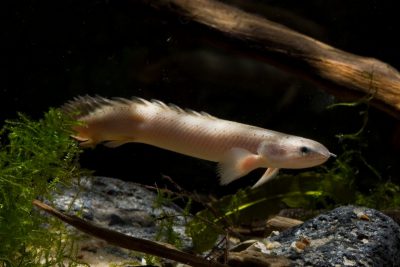barred bichir
| Scientific name | Polypterus delhezi |
|---|---|
| Descriptor | Boulenger |
| Year of description | 1899 |
| IUCN category (World) | LC |
| Family | Polypteridae |
| Genus | Polypterus |
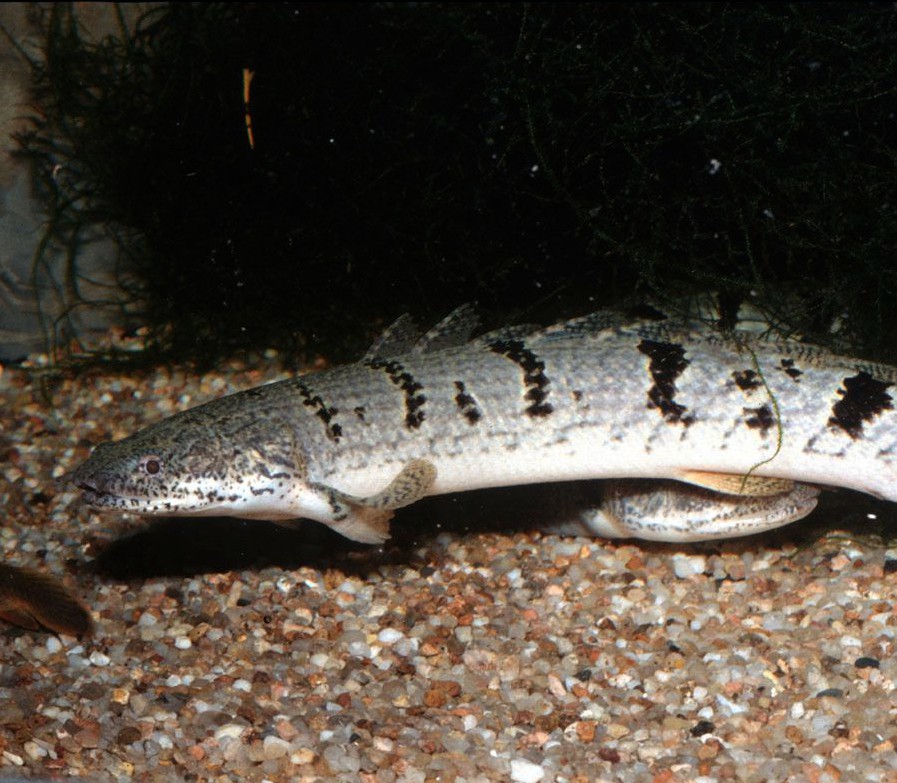

Introduction
Polypterus delhezi, commonly known as barred bichir, is a fresh water fish from the Africa.
This sheet is currently being prepared. The texts currently proposed come from our data model or are being drafted. To request priority for this content, you can write to us HERE.
Who is it?
Morphology
-
Average size32 cm
-
Maximum size44 cm
-
ShapeSerpentiform
-
Patternvertical stripes
-
Average size32 cm
-
Maximum size44 cm
-
ShapeSerpentiform
-
Patternvertical stripes
How to recognize This fish ?
The barred bichir measures between 32 and 44 cm. This fish is bicolore with a predominantly noir and beige body. The also has noir vertical stripes.
Sexual dimorphism
Behaviour & Life cycle
-
dietcarnivorous
-
Sociabilitysolitary
-
territorialNo
-
Way of livingnocturnal
The barred bichir hunts in the stalk and is one of the predators of its biotope. Opportunistic, it does not hesitate to attack any smaller animal nearby.
The barred bichir is a fish solitary naturally found near the bottom. This species is carnivorous . This fish lives mainly at night. Usually, it leaves its hiding place and starts to be active once it gets dark.
Although the barred bichir is non-territorial, it is sometimes aggressive towards other species.
Reproduction
Harmless species
This species does not represent any particular threats to humans when encountered in its natural environment.
Origin and distribution
What is its habitat?
Natural environment characteristics
-
Temperature26 - 28 °C
-
pH (acidity)6 - 7.5
-
gh (hardness)6 - 16
-
FlowSlow and Stagnant
Biotope presentation
Species of the same biotope
Fishkeeping
Not recommended
We do not recommend keeping this species in an aquarium. It has unpredictable needs which, if not met, generate significant stress, potentially leading to a shorter life expectancy, an interruption of its growth or the development of pathogens.
To go further
Sources & Contributions
Participation & Validation
The Fishipedia team and specialist contributors are committed to providing high-quality content. However, although the information comes from scientific sources or testimonials from specialists, the cards may contain inaccuracies.

Didier Paugy

Benoit Chartrer
Translation
Translation done with the valuable contribution of our translators, who make this information available to a wider audience. We sincerely thank them for their commitment.
Scientific partners
Species of the same family
Same genus
Species of the same biotope
